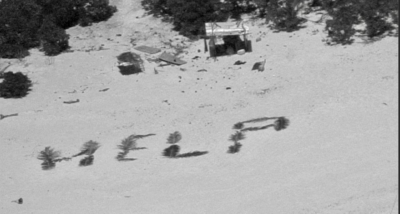The Greenbrier Companies recently said it would design a new generation of rail tank cars for hazardous freight in response to “safety criticisms of the existing legacy fleet” and in anticipation of new industry and government standards.
The railcar maker, parent of barge manufacturer Gunderson Marine, Portland, Ore., also is offering retrofits to enhance the safety of cars already in service. Retrofit options for the legacy tank cars will include high-flow pressure relief valves, head shields, top fittings protection and thermal protection, Greenbrier said. Retrofits for newer cars include high-flow pressure relief valves and improved bottom outlet valve handles.
The energy boom has brought the railroads more business and more publicity. In 2008, U.S. Class I railroads originated 9,500 carloads of crude oil, Association of American Railroads’ figures show. By the end of 2013, that number was expected to have reached 400,000 carloads. But only about 18,000 of the 92,000 rail cars used to move liquids such as crude and ethanol are built to the latest industry safety standards, according to the trade group.
The Associated Press calculated that trains hauling oil across North America have derailed at least 10 times since 2008, spilling nearly 3 million gallons. The most horrific accident was a derailment and explosion last summer that killed 47 people in the Quebec town of Lac-Megantic.
Just for perspective, the Exxon Valdez spilled 257,000 bbls. or 11 million gallons. That 1989 accident in Alasks prompted the Oil Pollution Act of 1990 (OPA ’90), which requires that by Jan. 1, 2015, single-hulled tank vessels either convert to double hull or stop operating as oil carriers based on their age, gross tonnage and hull configuration.
“Compliance is virtually complete” on both the tanker and tank barge side, said Brent Dibner, a maritime industry management consultant at Dibner Maritime Associates, Chestnut Hill, Mass. “The complete transition has been a success.”
All this talk of railcar upgrades is not lost on the marine business.
Kirby execs were asked during a recent earnings call if stricter rail tank car standards would have any impact on the giant Houston-based tank barge operator — granted that its equipment already was double-hulled.
“We’re not only double-hulled, we are inspected, taken out of the water, walked around, gauged ... and we welcome the same criteria’s imposed on other modes of transportation,” said chairman and CEO Joe Pyne. “It’s going to raise their costs. We’re kind of already there. It may improve the cost advantage that barges have. Barging already enjoys a cost advantage to rail. It’s just going to expand it, if it does anything.”
In his latest column due out soon in the March issue of WorkBoat, Kevin Horn says the same thing when it comes to crude: Where barges and rail compete head to head for crude oil transport, barges are very competitive based on freight cost.




